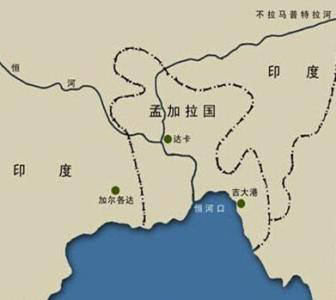Comparison between Bangladesh, India per capital GDP is instructive
Nov 05, 2020 | by Zhao xh

The International Monetary Fund’s (IMF) latest World Economic Outlook underlines the extent of the dislocation in economic activities across the world due to the COVID-19 pandemic. At the aggregate level, the Fund expects the global economy to contract by 4.4 per cent in 2020, with sharp differences across countries.
For the Indian economy, the Fund’s prognosis is grim. The IMF now expects the Indian economy to contract by 10.3 per cent this fiscal year, worse than its earlier forecast, and that of the RBI’s. Of the major economies, only two others, Italy and Spain, are expected to contract in double digits.
The Fund’s latest assessment comes at a time when the signals from the BJP-ruled Centre suggest a reversal of decades of trade liberalisation and a return to the failed policies of self-sufficiency or atmanirbharta. A comparison with Bangladesh in this regard is instructive.
According to the IMF’s medium-term forecasts, Bangladesh’s per capita GDP is expected to overtake India’s this year, though as the Indian economy rebounds next year, the situation is likely to reverse. However, over the fiveyear period ending in 2025, Bangladesh’s per capita GDP is expected to grow at a slightly higher pace, implying that in 2025, its per capita income would be $2,756, marginally higher than that of India’s at $2,729.
In part, Bangladesh’s recent economic performance, and differences between the two countries can be traced to the former’s stellar export performance, especially in garments and apparel. In comparison, India’s exports have remained sluggish, as export pessimism has taken hold.
In the current context, with three of the four drivers of growth struggling, exports could provide the much-needed fillip to India’s economy. However, this would require India to reverse its recent stance on trade — lower rather than raise tariffs, embrace free trade agreements, and seek greater integration with global supply chains.
In an article in this paper, the former chief economic advisor, Arvind Subramanian, wrote that with wages in China rising, it has vacated about $140 billion in exports of unskilled labour intensive sectors, including apparel, clothing, leather and footwear.
While countries like Bangladesh are better placed to take advantage of this opportunity, post-COVID, as companies try to hedge their supply chain risks, and shifts away from China intensify, this will provide India yet another opportunity. However, this will require the government to pivot away from protectionism.
Source: indianexpress.com








